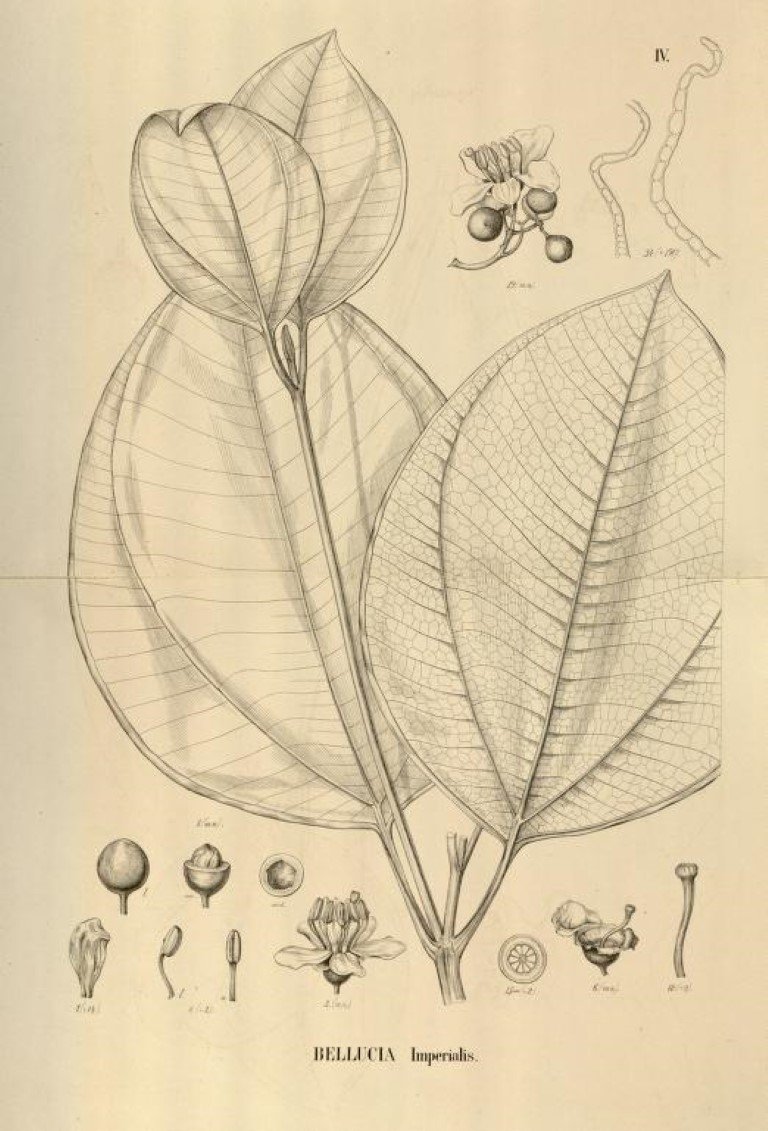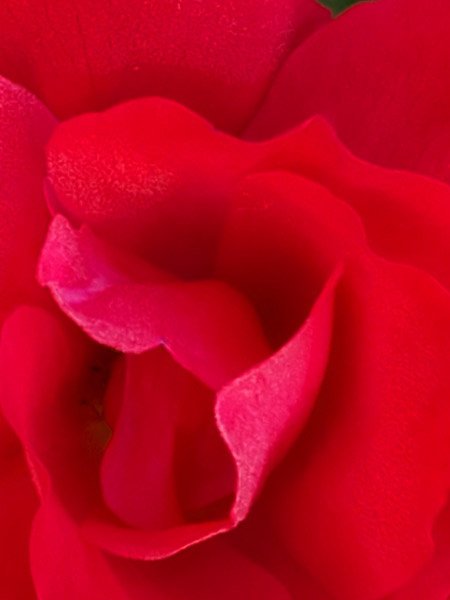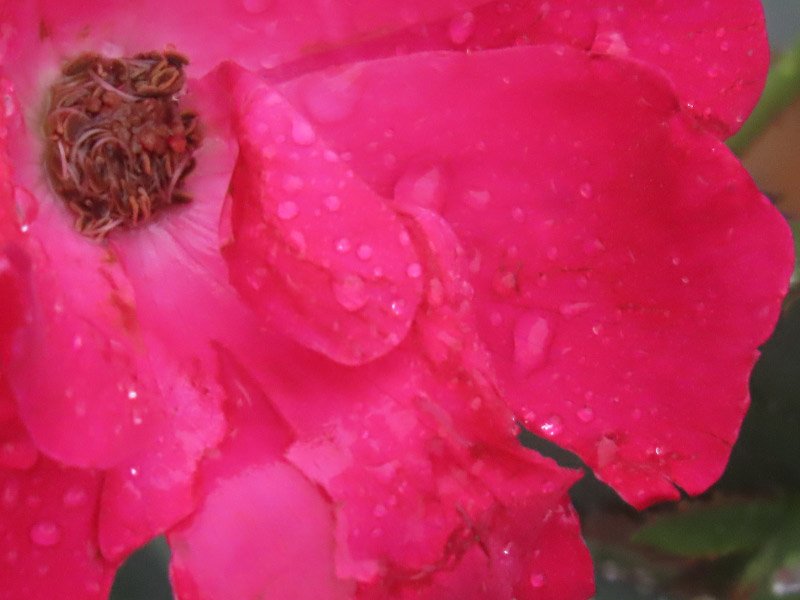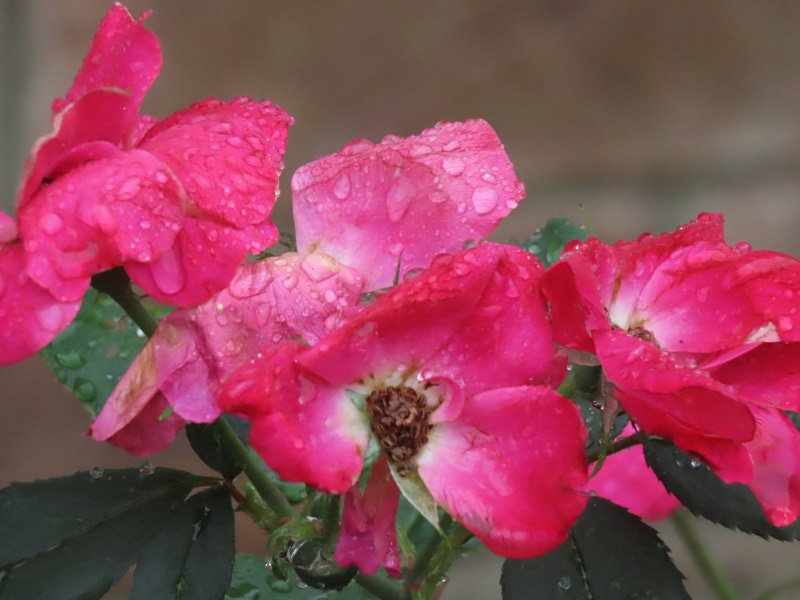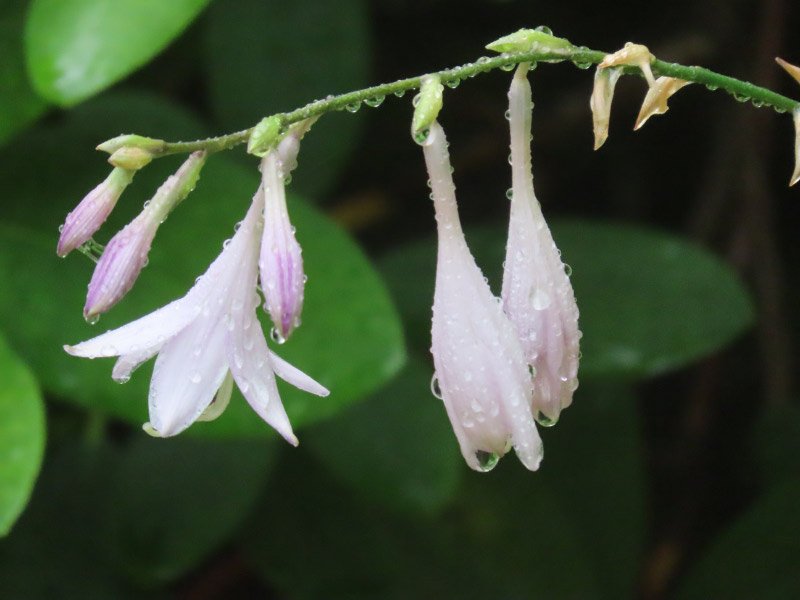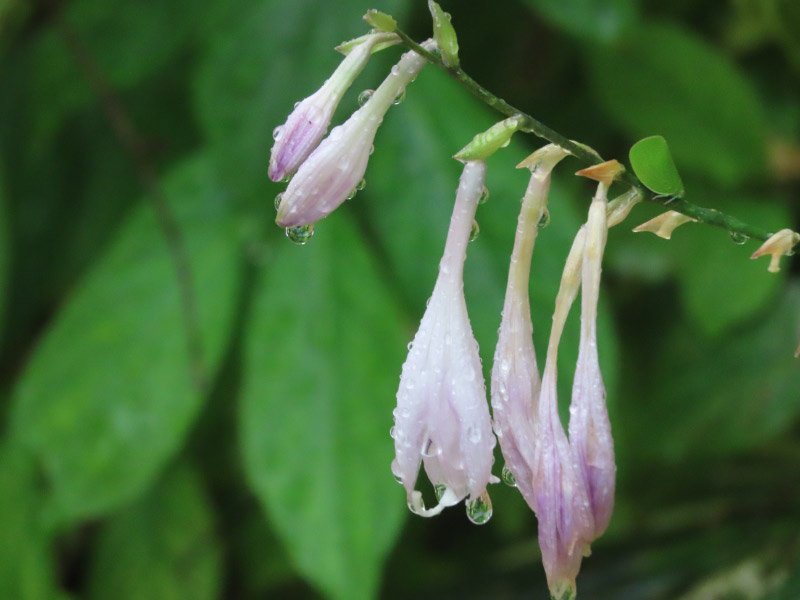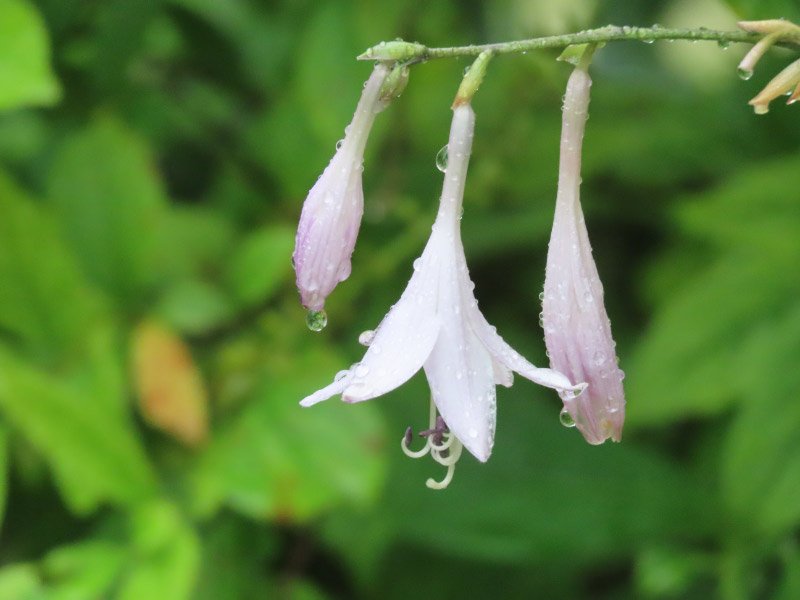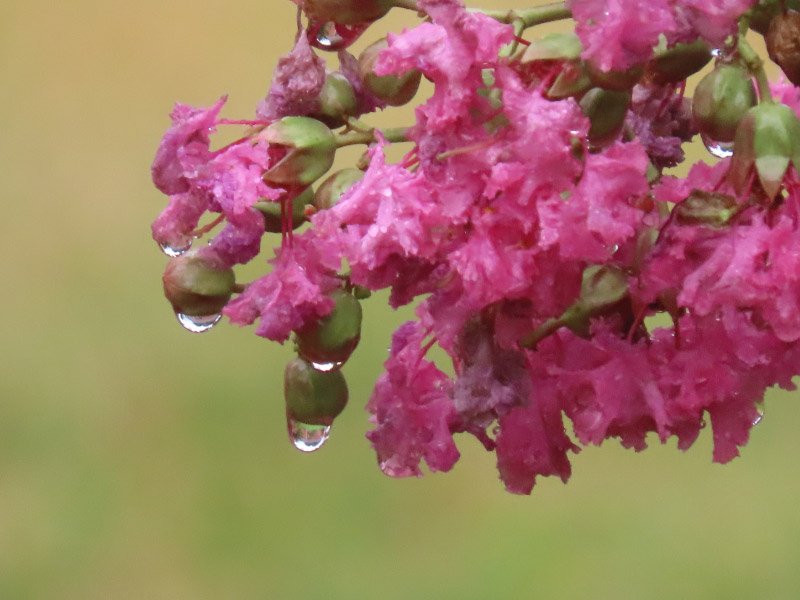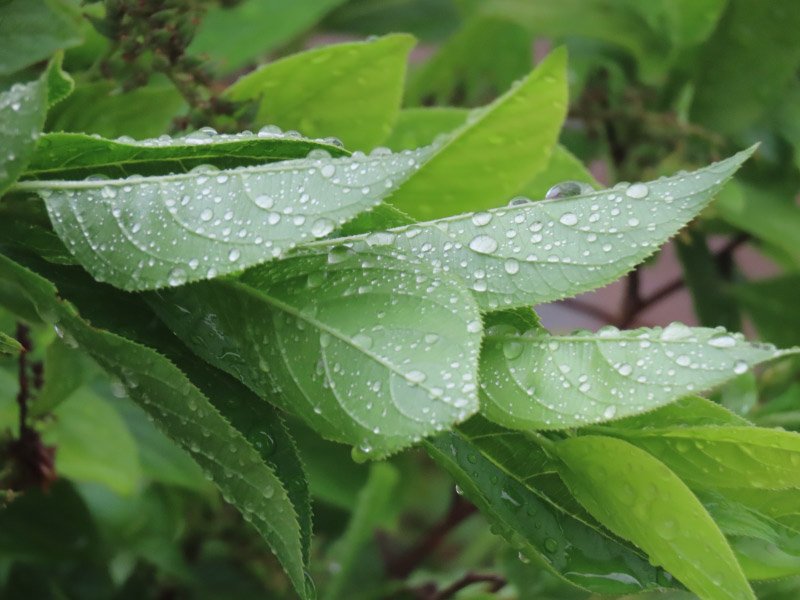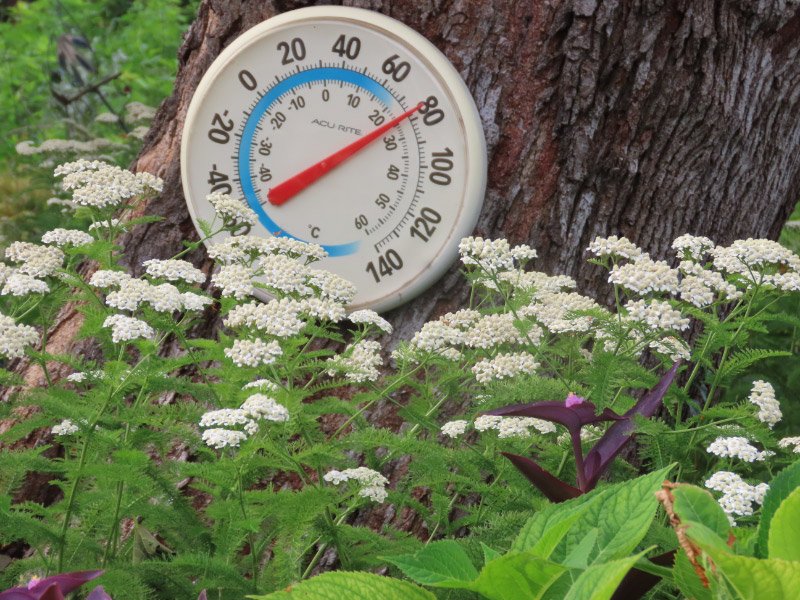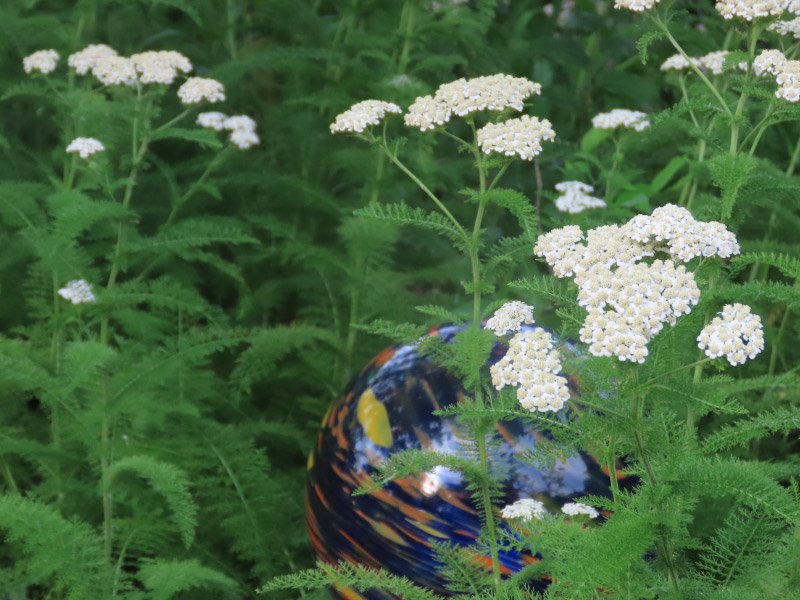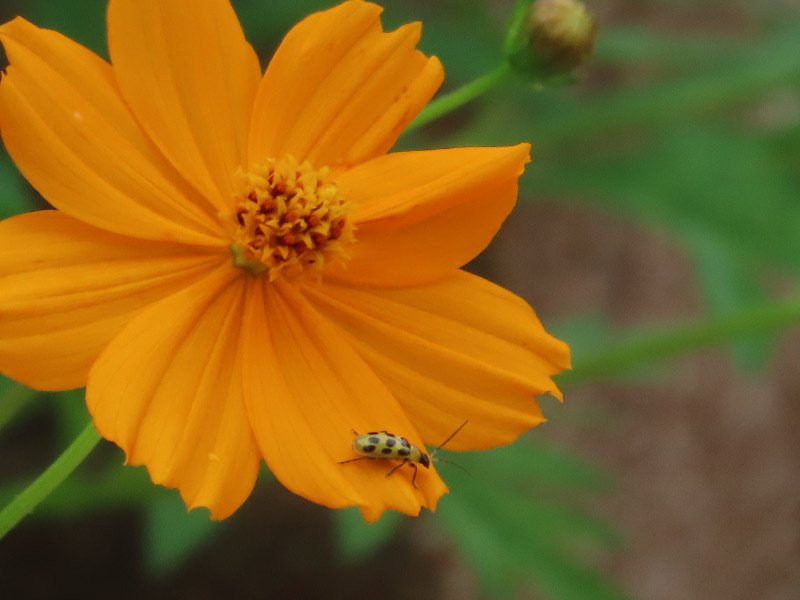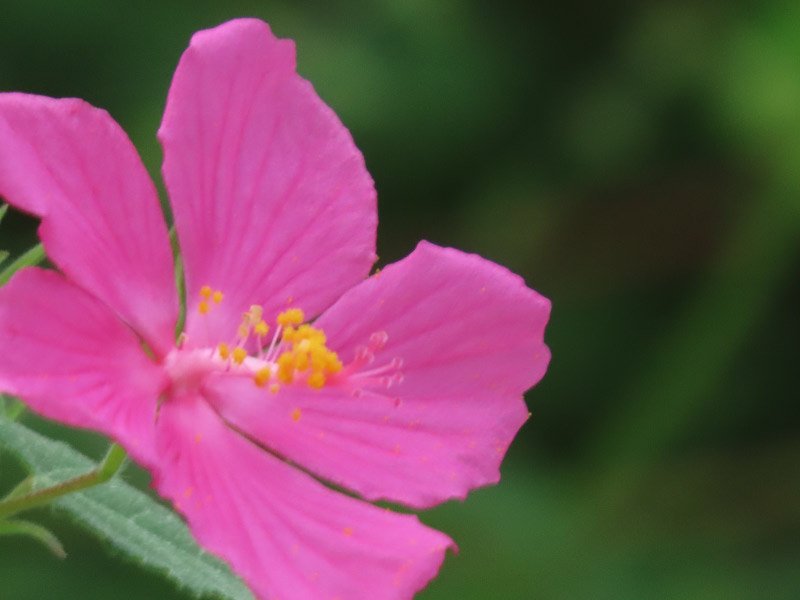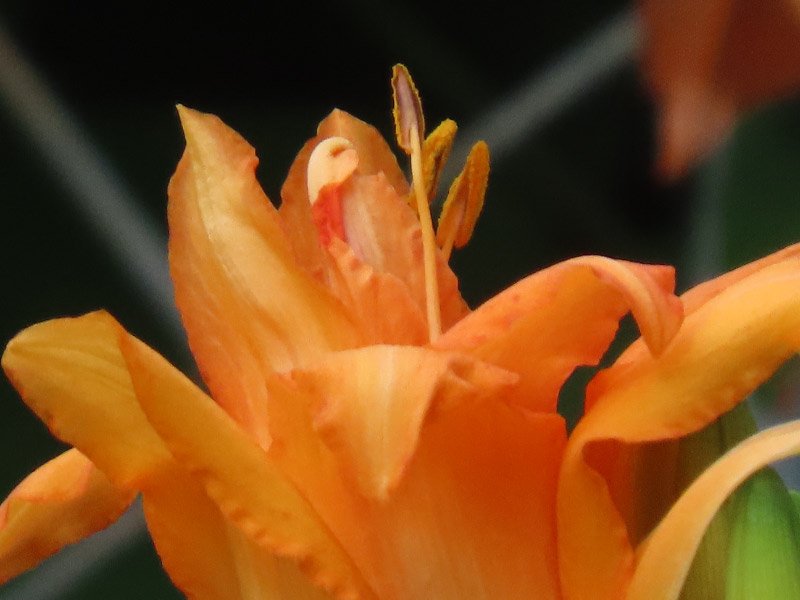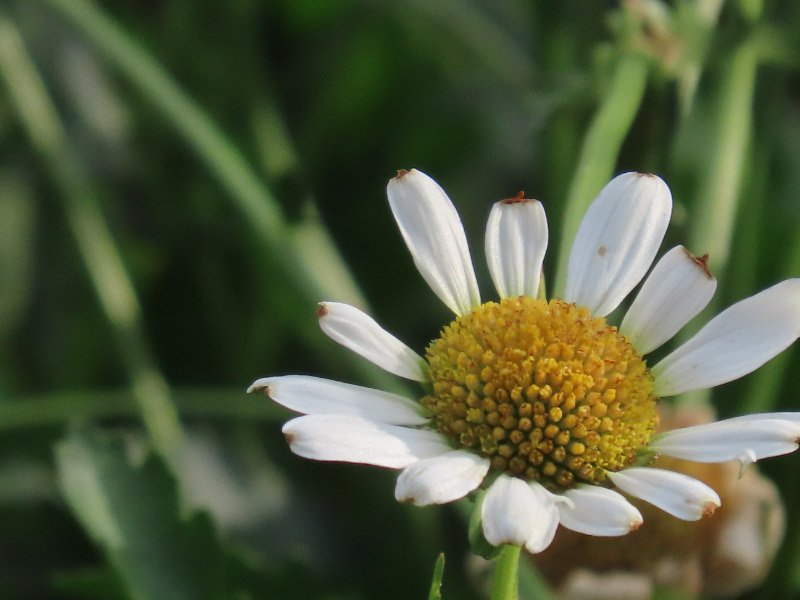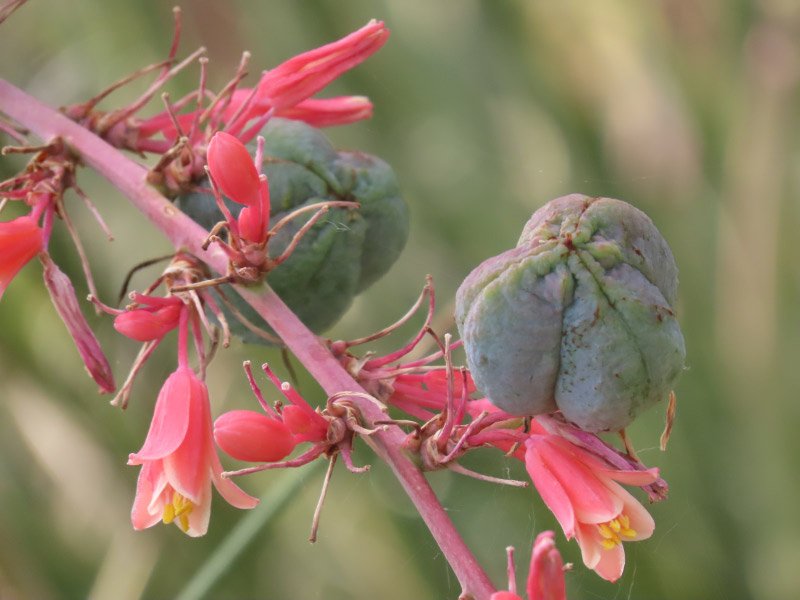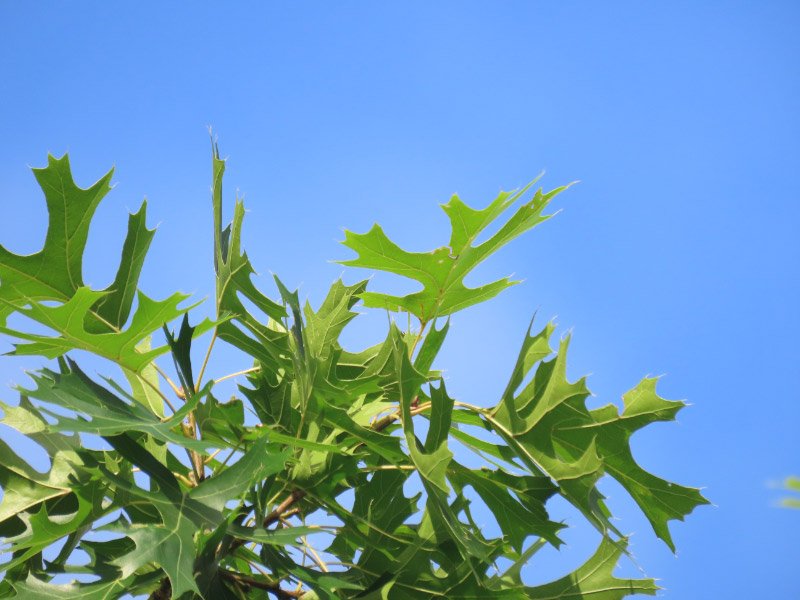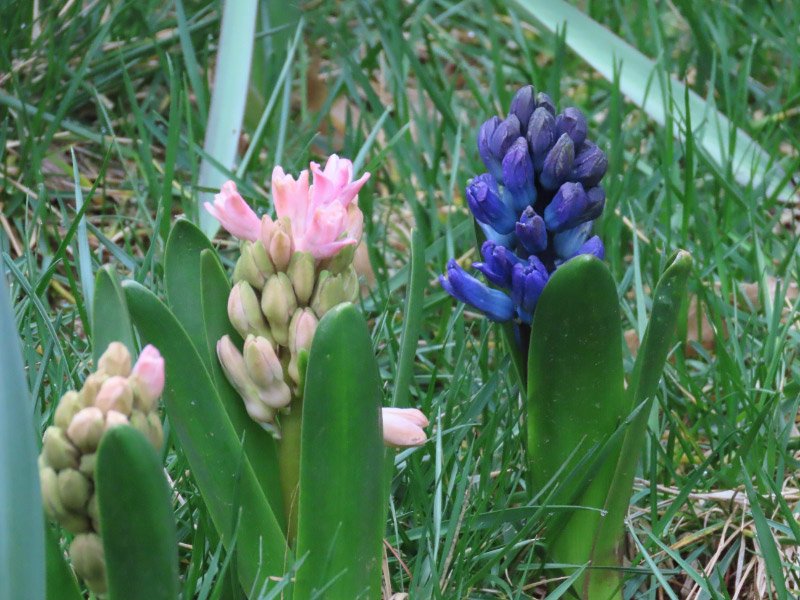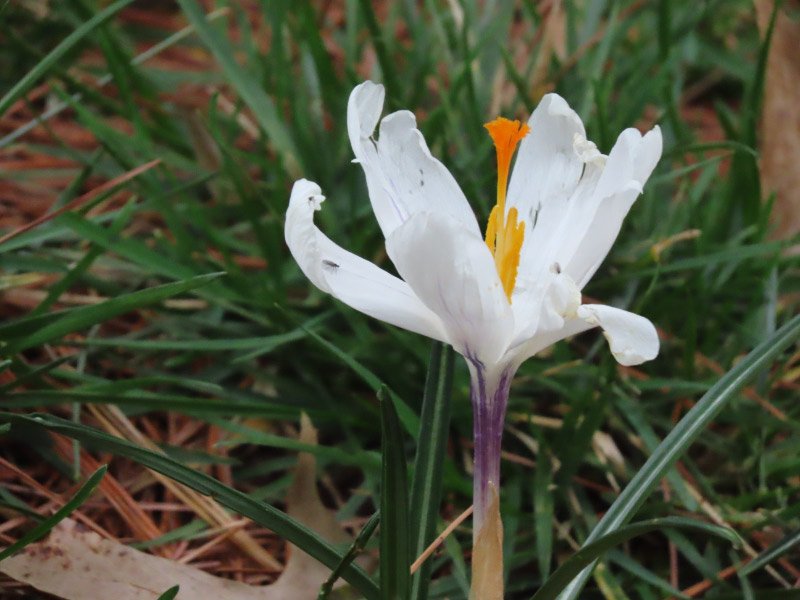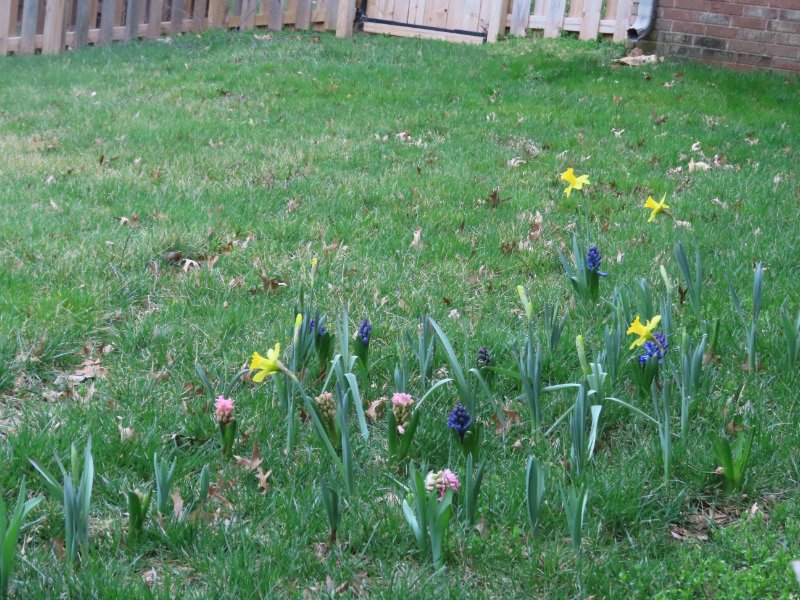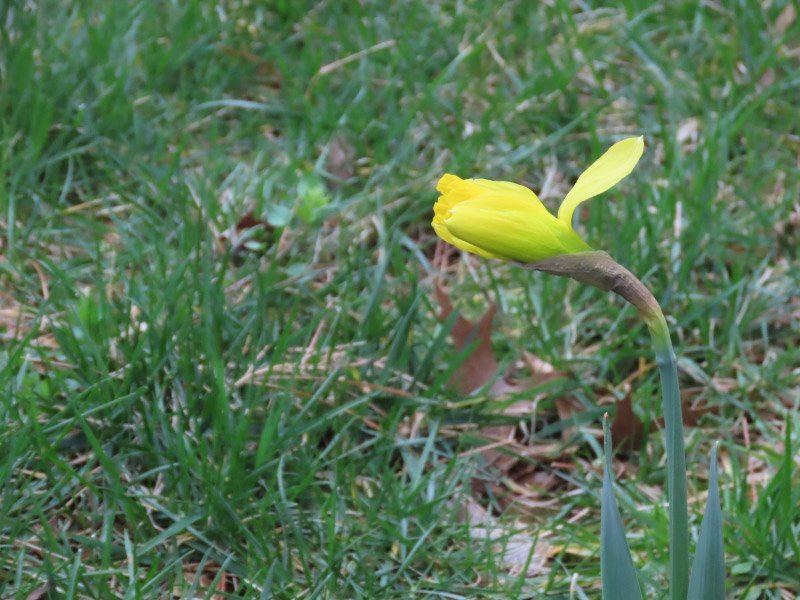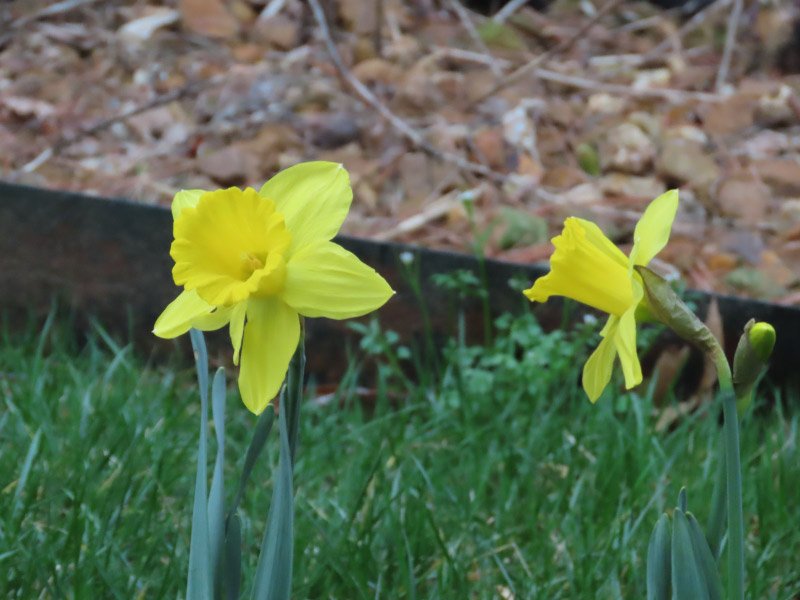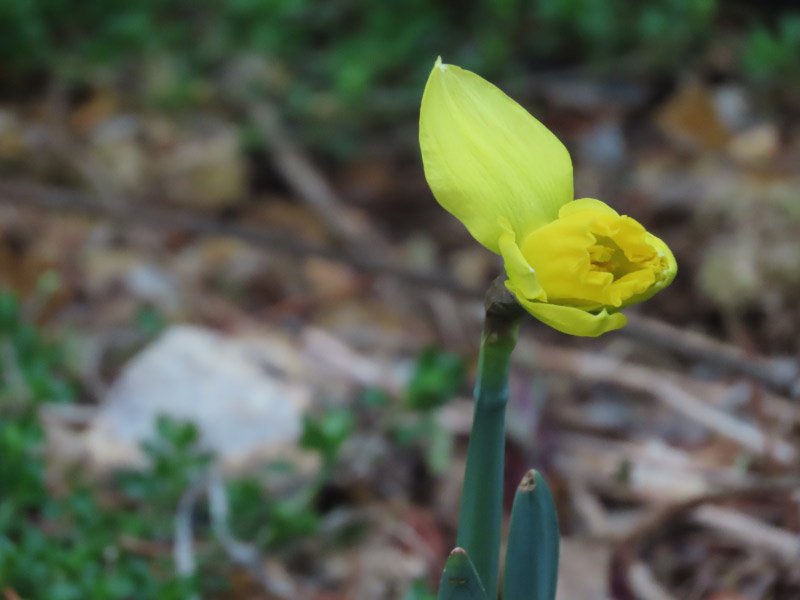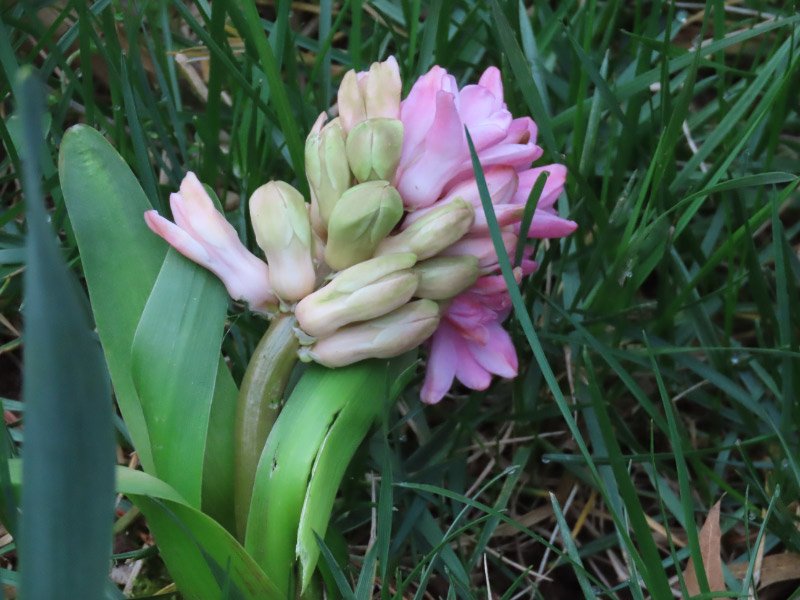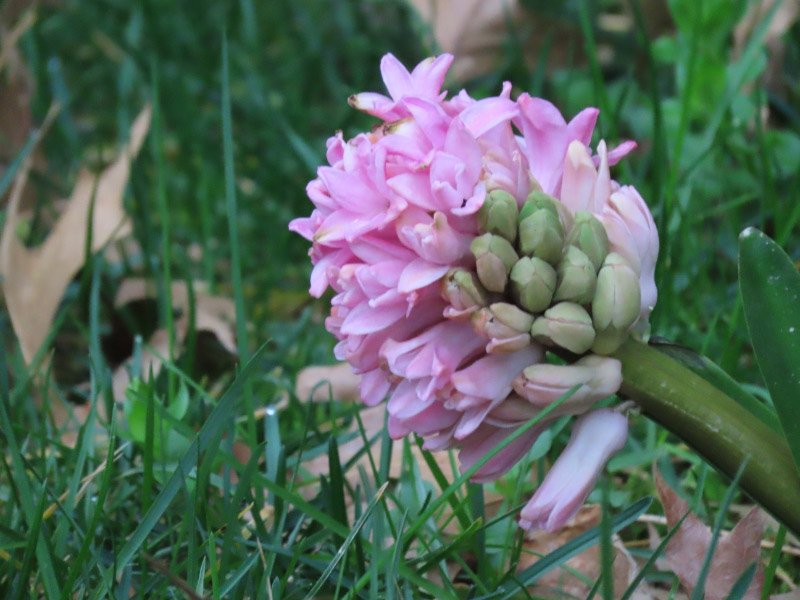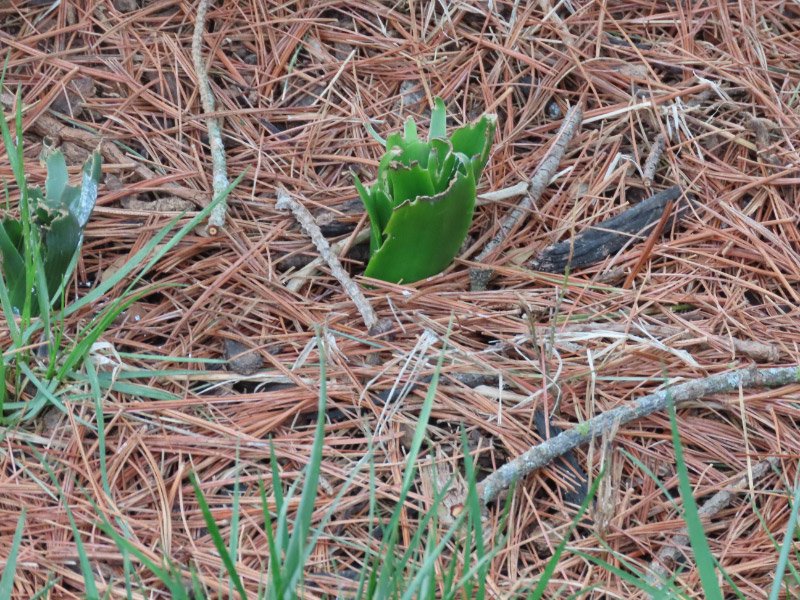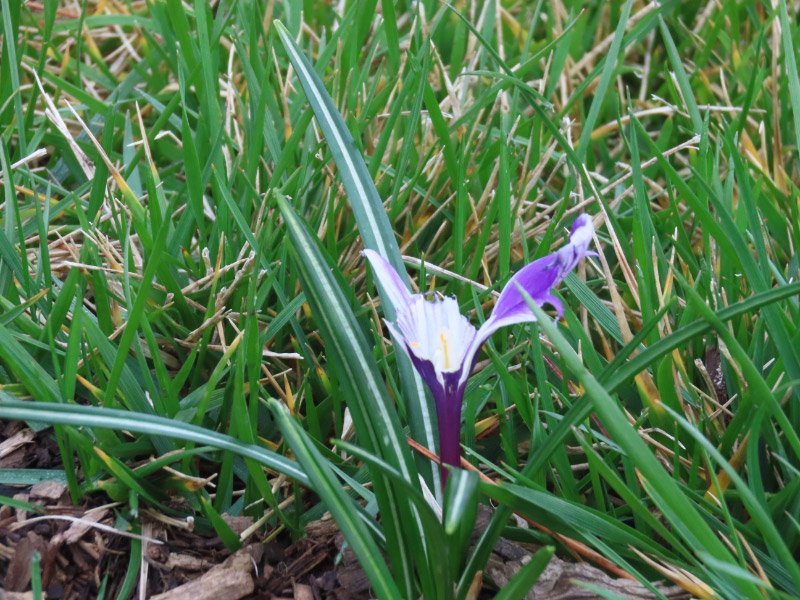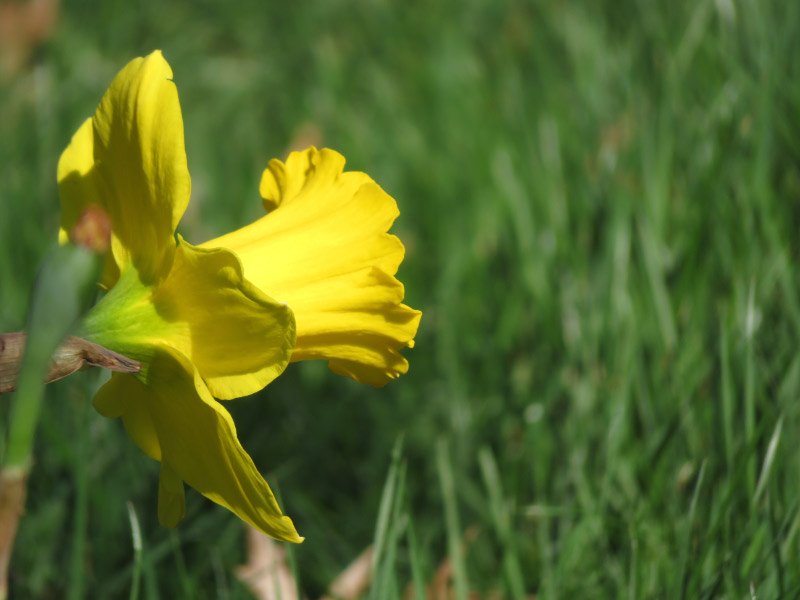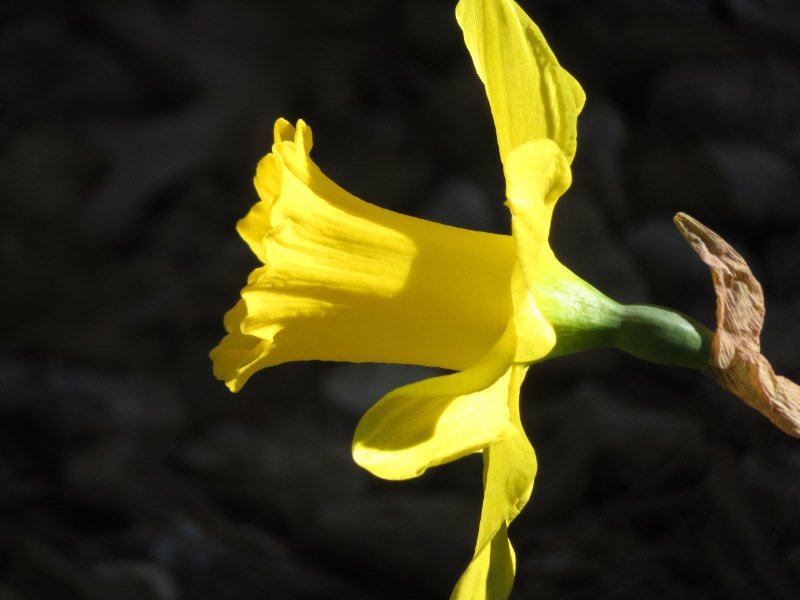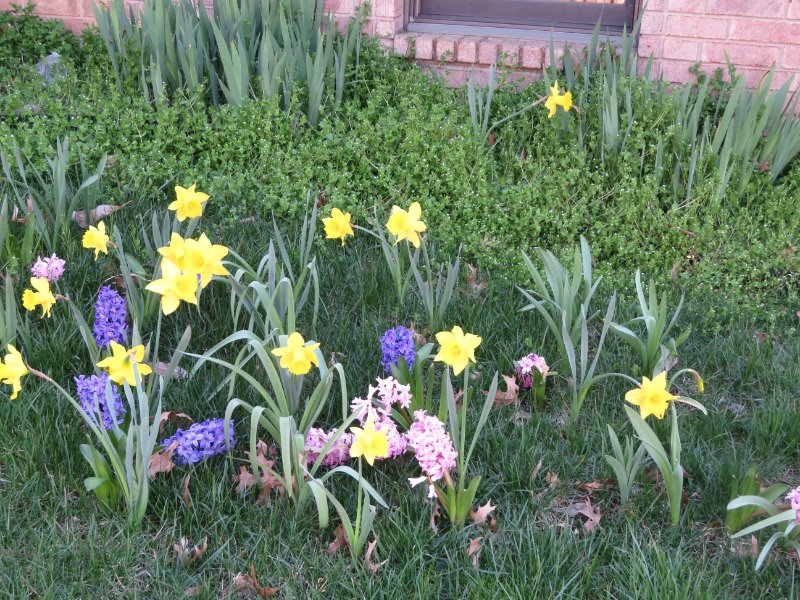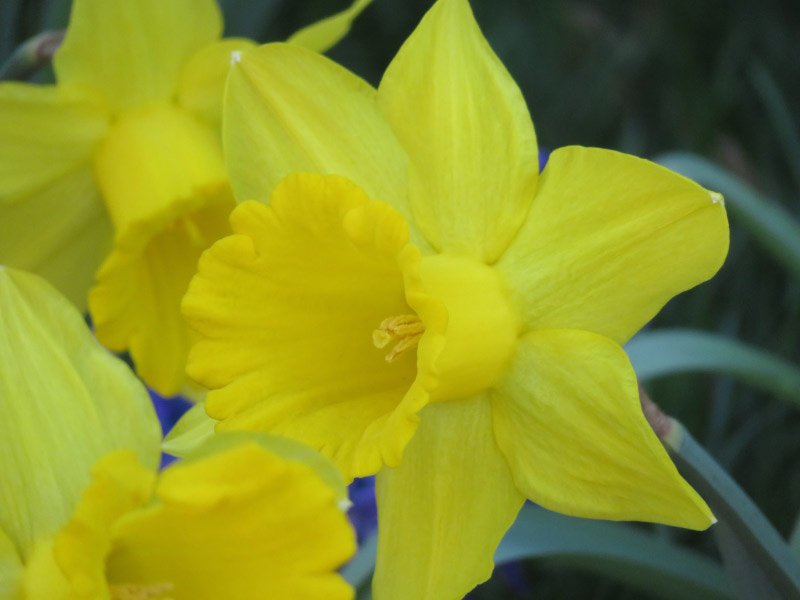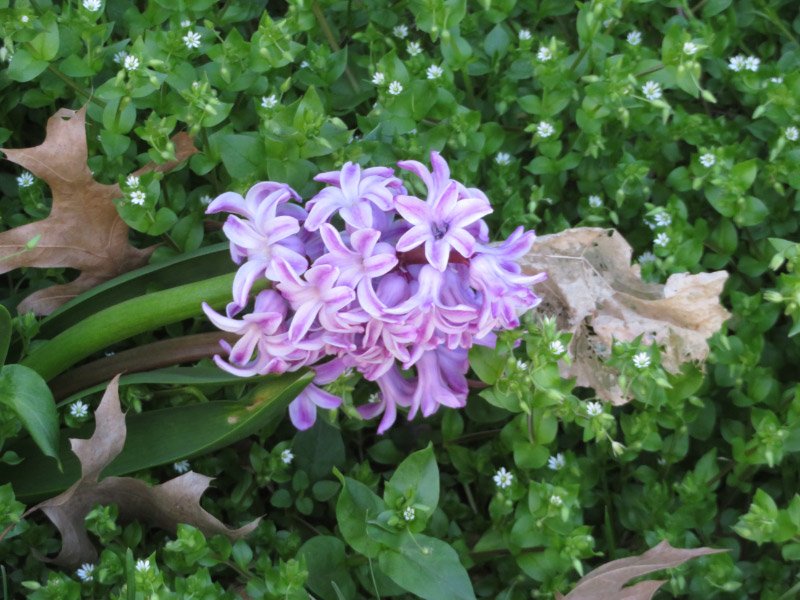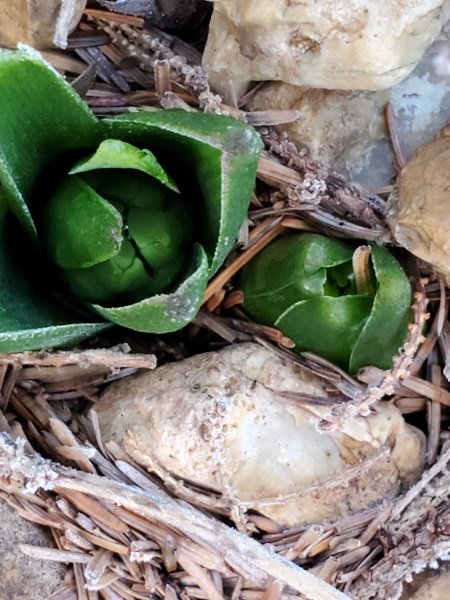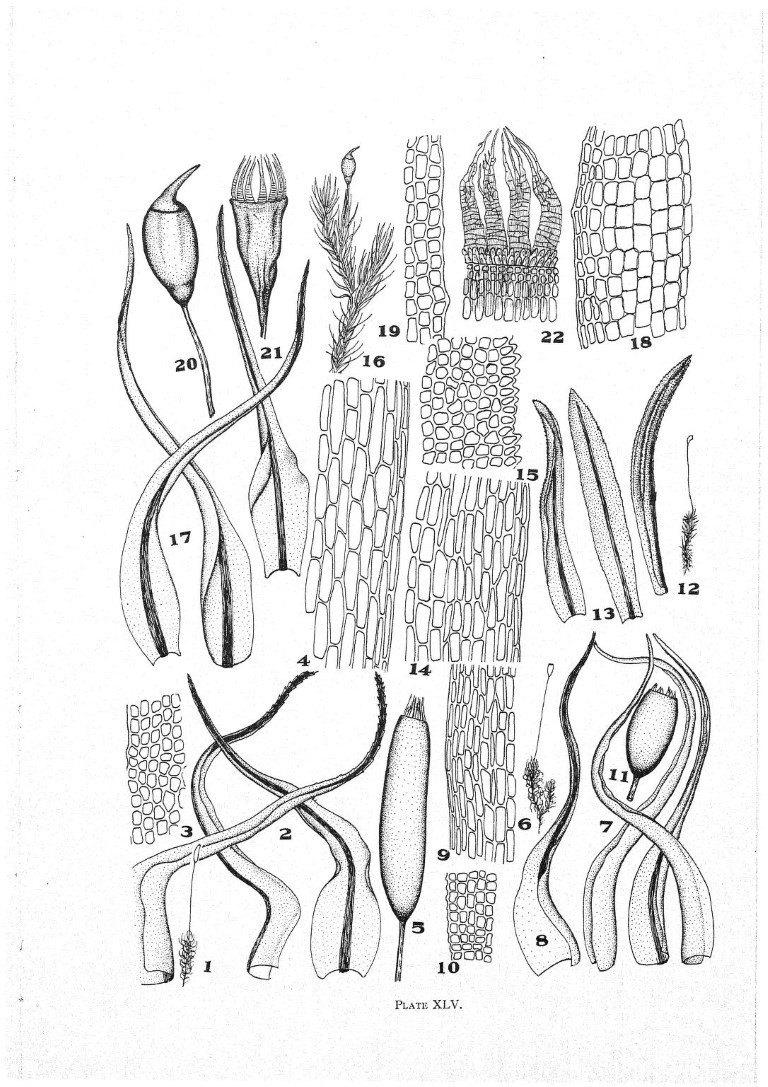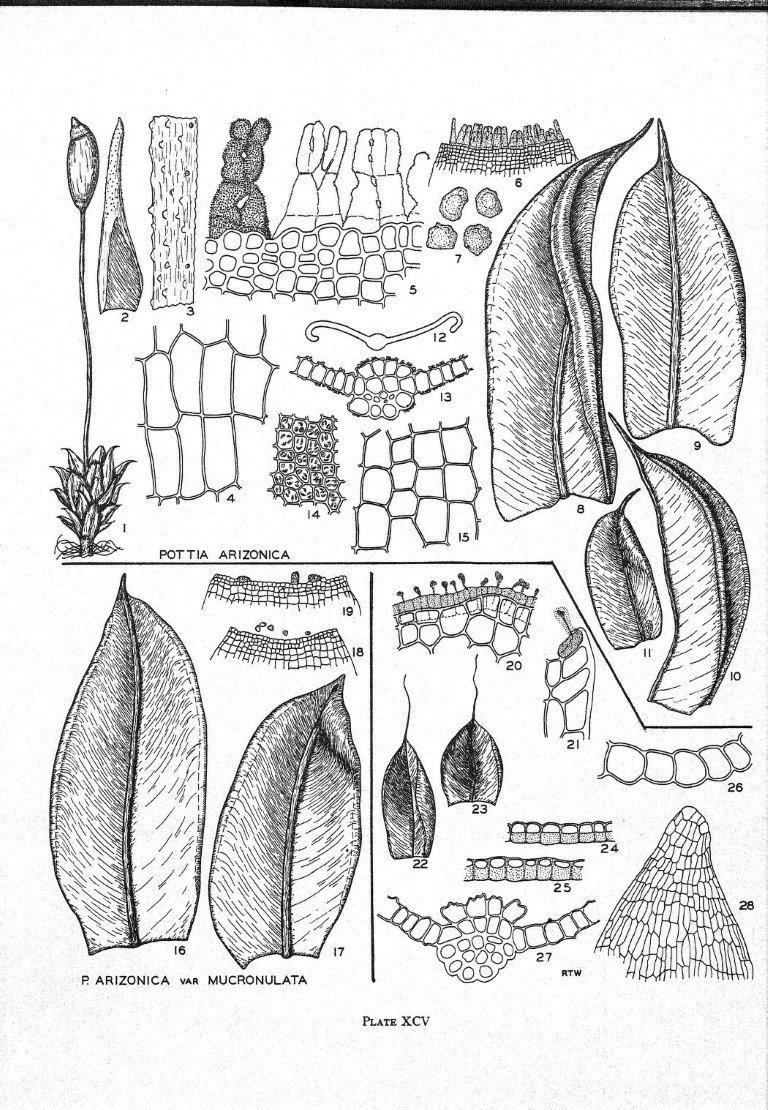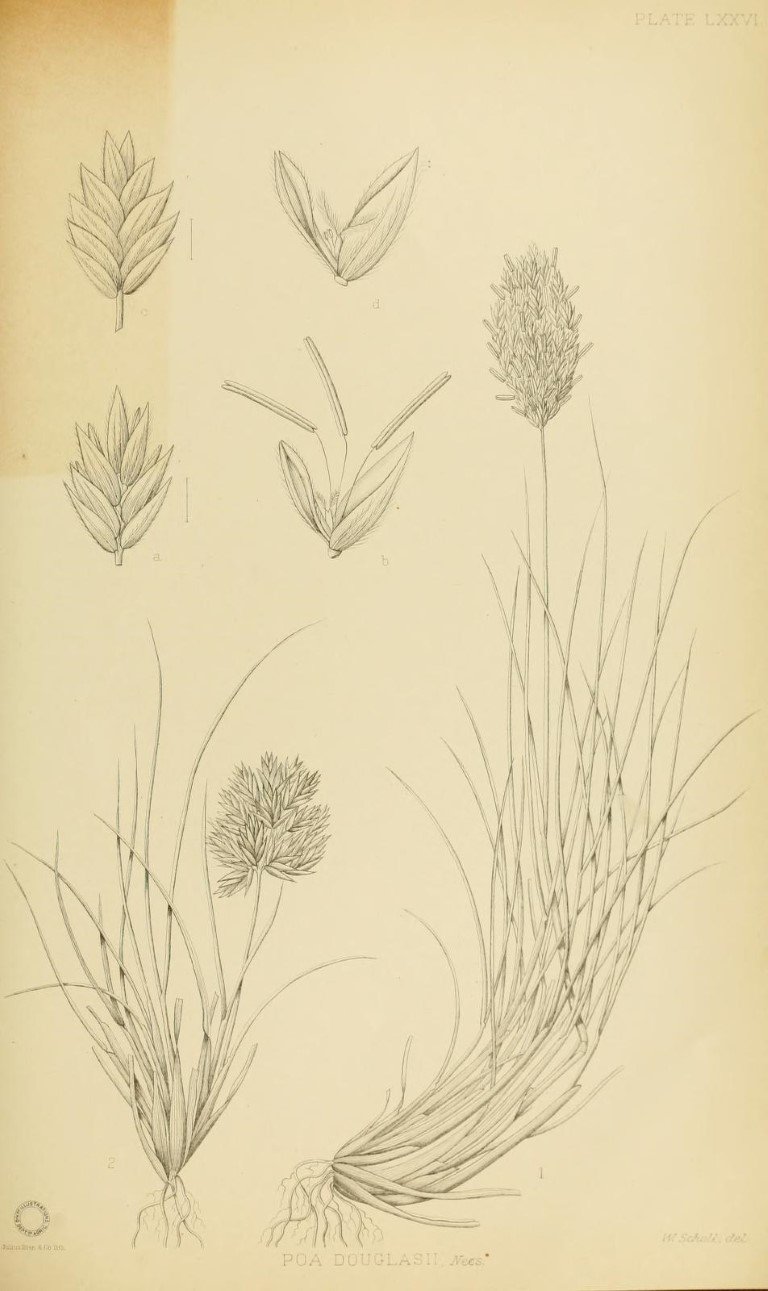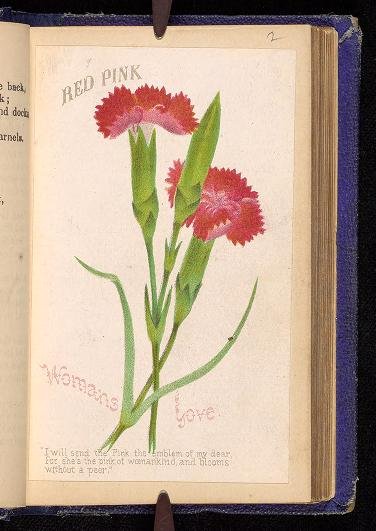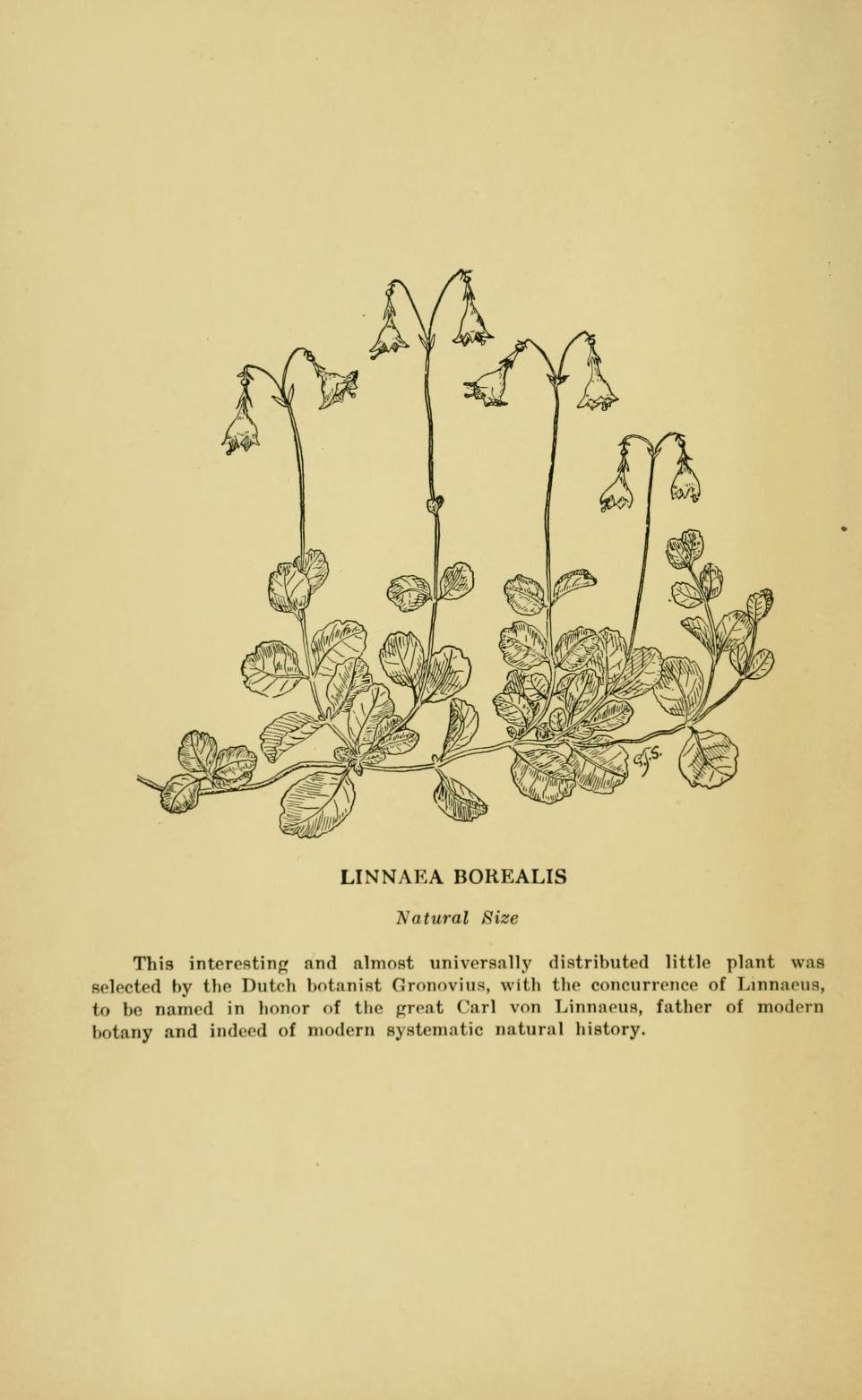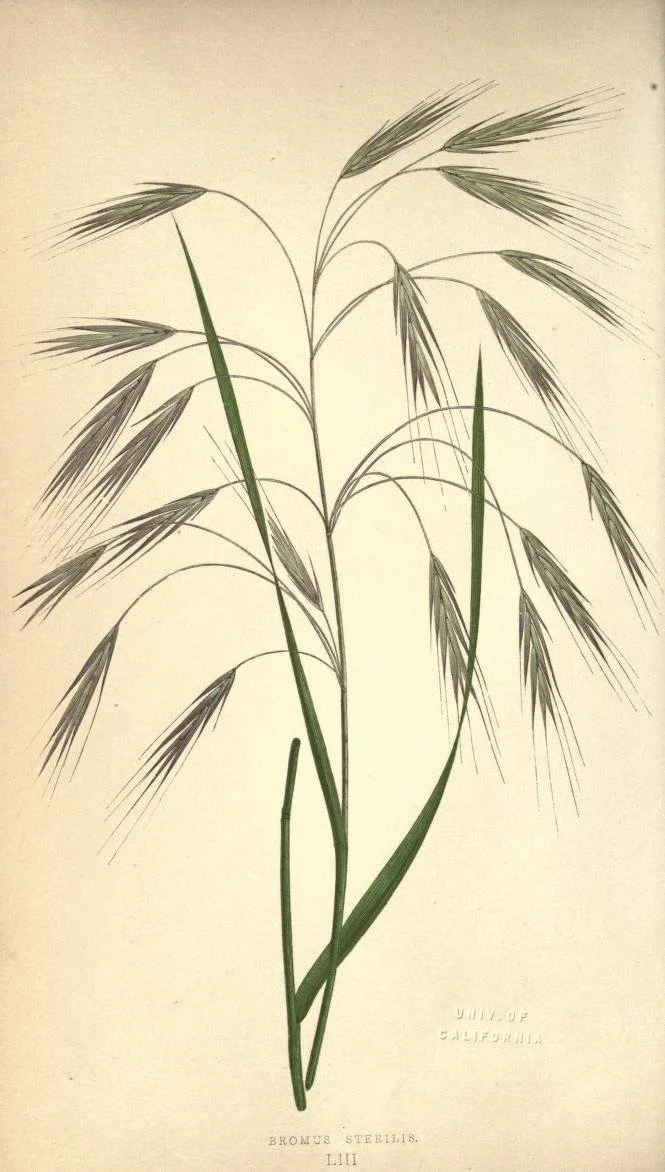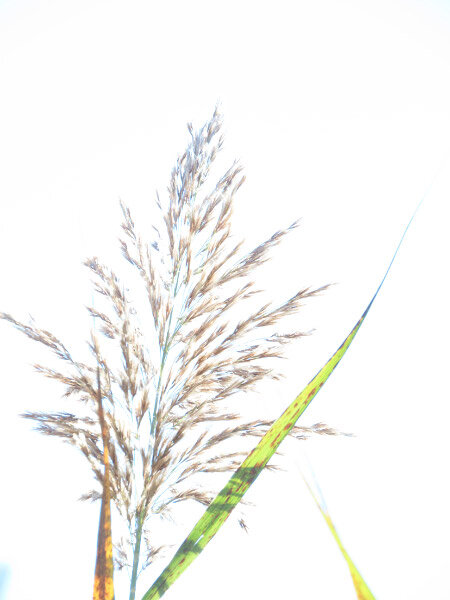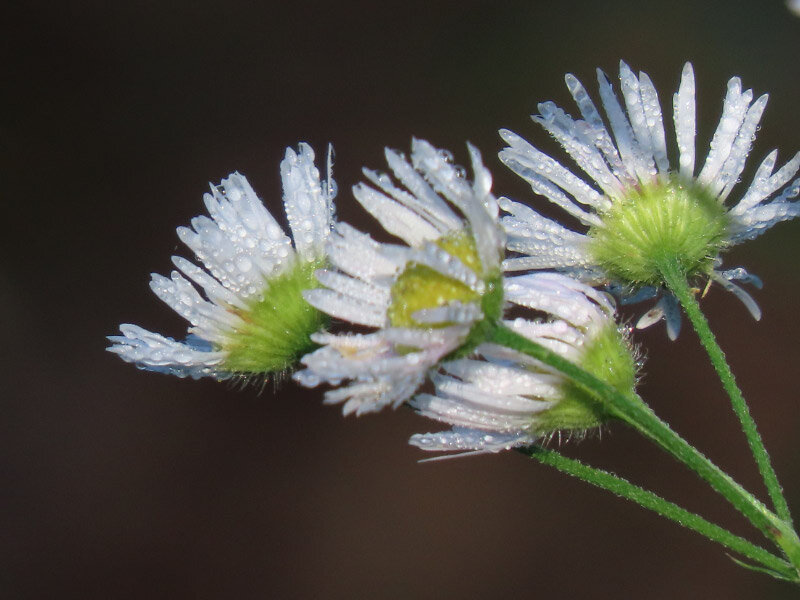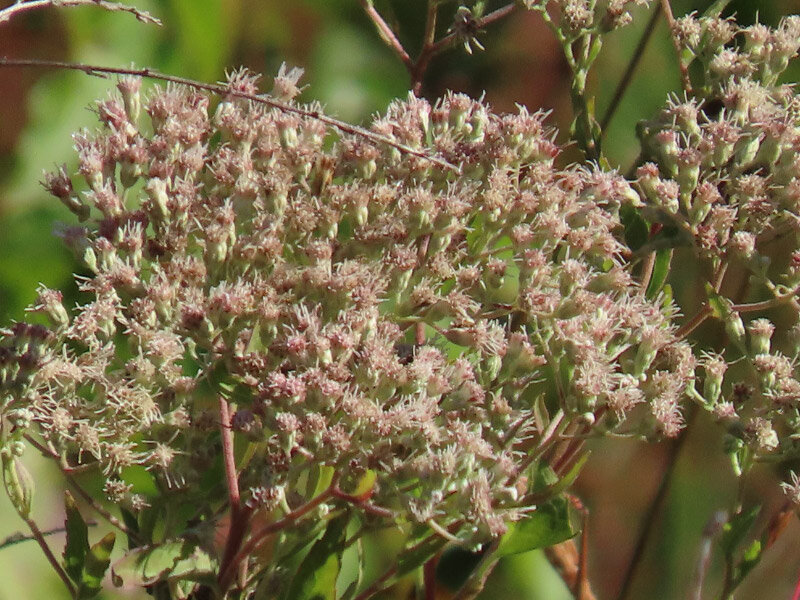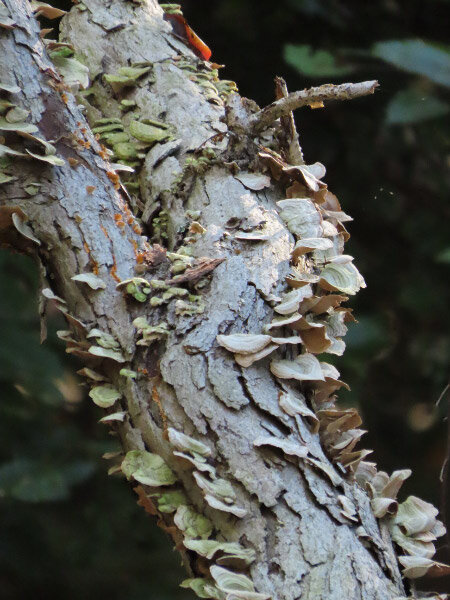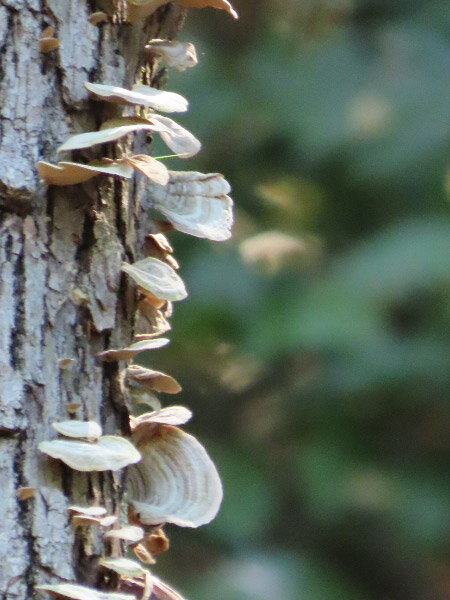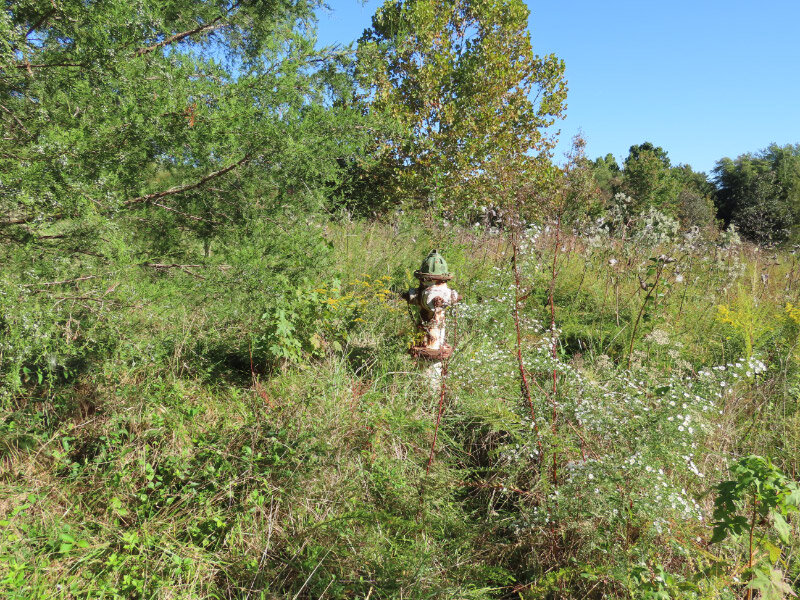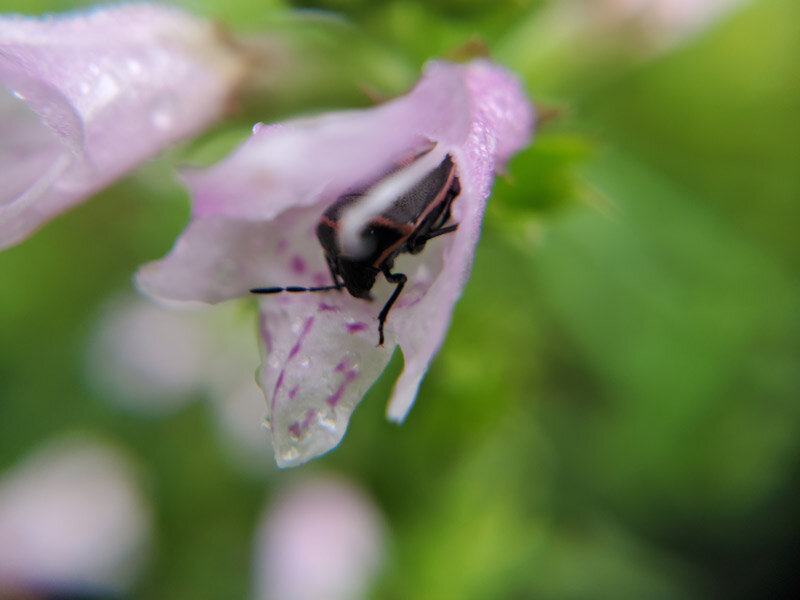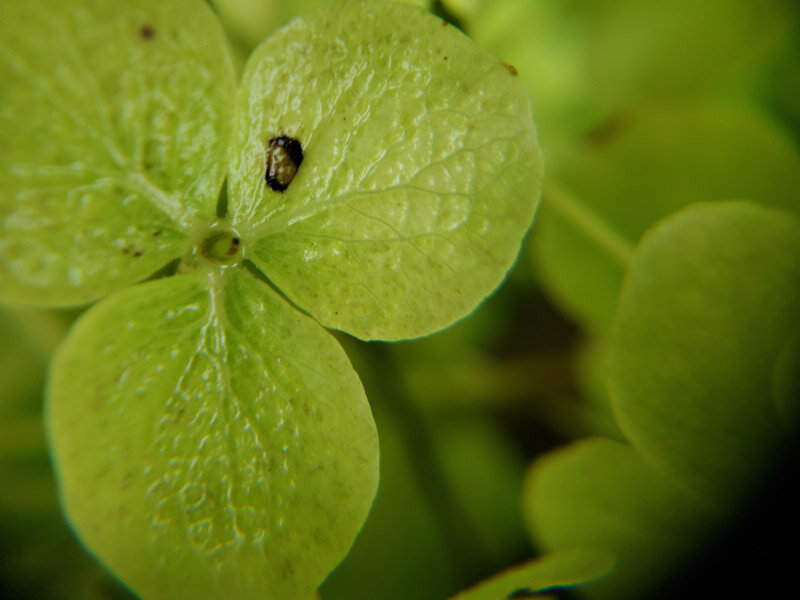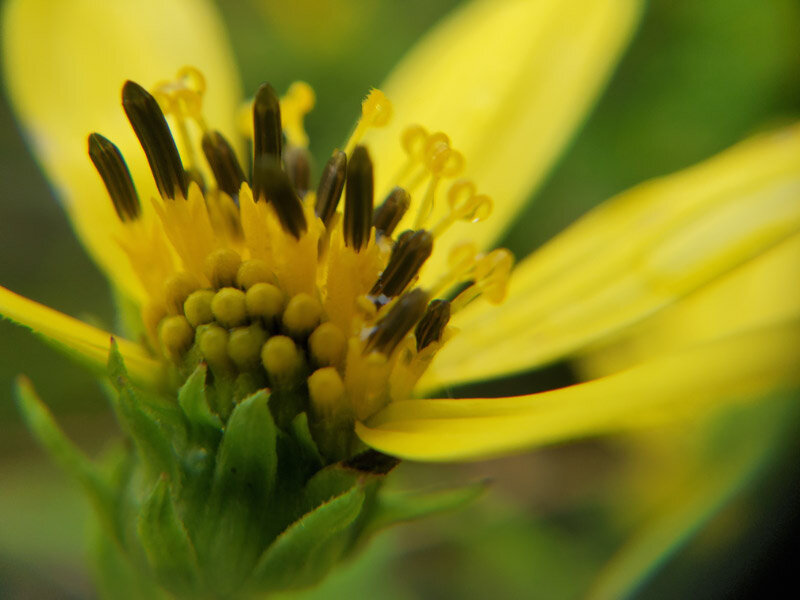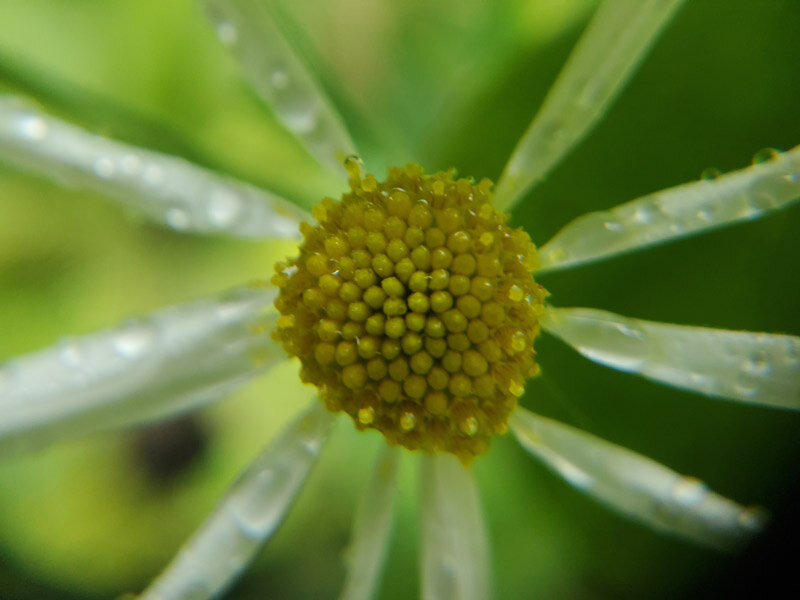Gleanings of the Week Ending March 30, 2024
/The items below were ‘the cream’ of the articles and websites I found this past week. Click on the light green text to look at the article.
Floating Solar Array Is Designed to Take the Rough Stuff - Rich opportunities for solar co-location with offshore wind. By combining floating solar with offshore wind farms and thereby leveraging the same energy infrastructure and export cables, the resulting energy production capacity per used area could be drastically improved. Prototype has been developed…should be in the water by June 2024.
Lessons In Rewilding the Scottish Highlands – Working with nature…increasing biodiversity…reducing monoculture.
Five Shocking Animal Hybrids That Truly Exist in Nature, From Narlugas to Grolar Bears to Coywolves – I’ve heard about a few of these…the pictures were interesting.
Pregnancy advances your ‘biological’ age — but giving birth turns it back - Brewing a baby leads to changes in the distribution of certain chemical markers on a pregnant person’s DNA — changes similar to those that are a hallmark of getting older. But new research shows that, several months after a person gives birth, the chemical patterns revert to an earlier state.
Did You Know Sandhill Cranes Dye Their Feathers? – The birds rub iron rich mud onto their feathers…staining them. And some trivia about sandhill cranes at the Platte River (Nebraska) in the early spring:
The birds find a lot of waste corn in farm fields, as well as small invertebrates in marshes near the river. A crane can add 20 percent to its weight during two or three weeks in the area.
At night, the cranes move to the Platte River for safe roosting in the shallow water.
Sandhill cranes are the most numerous of the world’s crane species.
In the Central Flyway, more than 500,000 cranes – more than 80 percent of their population.
The heat index -- how hot it really feels -- is rising faster than temperature - Researchers looked at Texas's summer 2023 heat wave and found that the 3 degree F rise in global temperatures has increased the state's heat index as much as 11 degrees F on the hottest days! Arizona's most populous county, covering most of Phoenix, reported that heat-associated deaths last year were 50% higher than in 2022, rising from 425 in 2022 to 645 in 2023. Two-thirds of Maricopa County's heat-related deaths in 2023 were of people 50 years or older, and 71% occurred on days when the National Weather Service had issued an excessive heat warning. With climate change, the relative humidity remains about constant as the temperature increases, which reduces the effectiveness of sweating to cool the body.
158 Cherry Blossom Trees Will Be Cut Down in D.C. in Effort to Withstand Sea-Level Rise – Part of the project to reconstruct a seawall around the Tidal Basin.
Landscape Architecture Strategies Reduce Impacts of Dangerous Extreme Heat – And these apply to what we do in our yard too!
Increase tree percentage in parks and green spaces
Provide shade on sites
Use plant materials and water instead of hardscape
Switch to green ground cover, including grasses and shrubs
Plastics Contain Thousands More Chemicals Than Thought, and Most Are Unregulated – Scary! The report also highlights 15 chemical priority groups of concern. These include phthalates, which are used to make plastics more durable and have been found to affect the reproductive systems of animals, as well as per- and polyfluoroalkyl substances (PFAS), which break down very slowly over time and have been linked to health issues including reproductive and developmental problems and increased cancer risk.
Only seven nations meet WHO air pollution standards – The US is not one of the seven: Australia, Estonia, Finland, Grenada, Iceland, Mauritius and New Zealand. Bangladesh, Pakistan, India, Tajikistan and Burkina Faso were the top five most polluted countries in 2023 with PM2.5 levels nine to 15 times higher than the WHO's standard. Columbus, Ohio, was the most polluted major city in the United States, while Las Vegas was the cleanest and Beloit, Wisconsin polluted U.S. city overall.


